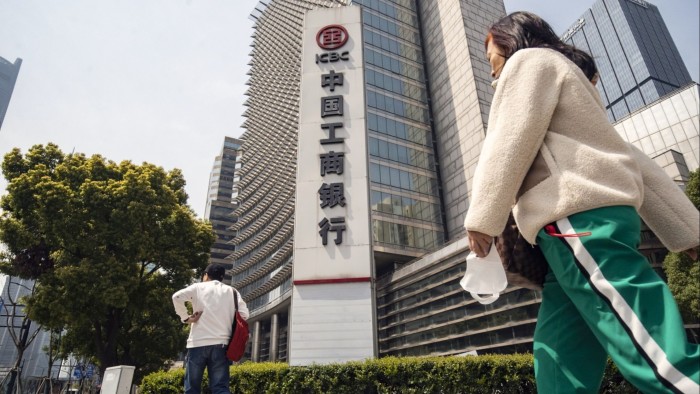Unlock the Editor’s Digest for free
Roula Khalaf, Editor of the FT, selects her favourite stories in this weekly newsletter.
For years, China’s largest state-owned banks have been a local investor favourite. With dividend yields that once topped 8 per cent and stock prices that delivered steady gains, they became a staple in the portfolios of retirees looking for stability and income. Even during the 2008 global financial crisis, these lenders remained resilient, backed by state support and conservative regulation. But the investment case is no longer so straightforward.
China’s largest lenders remain majority state-owned and systemically critical. They are designed to deliver not just profits but national policy. This alignment with state objectives has historically been one of their greatest strengths, providing investors with confidence that the government would step in to ensure their stability during times of stress.
But the flipside is growing harder to ignore. That same alignment now exposes these banks to shifting political and economic policies. As China intensifies efforts to counter a prolonged property slump and weak consumer confidence, lenders are being called on to play a larger policy role. Continued mortgage rate cuts and targeted lending to small and medium-sized enterprises at below market rates are expected to persist for lenders, squeezing margins.
Signs of pressure are already apparent. Their interest margin — the difference between their funding costs and what they make from lending — has dropped to historic lows across China’s largest lenders: Bank of China, Agricultural Bank of China and Industrial and Commercial Bank of China. As of the end of last year, the average margin stood at just 1.5 per cent, down from 1.6 per cent the previous year. Shares of the largest, ICBC, trade at just 0.5 times tangible book value, less than half that of regional peers such as HSBC, reflecting concerns over long-term profitability.

Some of the sector’s attractions remain intact. The largest state-owned banks continue to offer dividend yields averaging about 5 per cent, providing a measure of stability for income-focused investors. Meanwhile, the sector’s non-performing loan ratios of 1.5 per cent at the end of 2024 were little changed from the previous year. Capital buffers also remain healthy, with the six largest banks reporting an average core tier one capital adequacy ratio of about 12 per cent, well above the regulatory threshold for systemically important institutions.
Still, the predictability that once defined these stocks is now being tested. As Beijing’s policy priorities evolve, so too does the investment outlook for these once rock-solid stocks.
https://www.ft.com/content/954135ee-f280-49d7-a7af-d5d34dbe22ac


